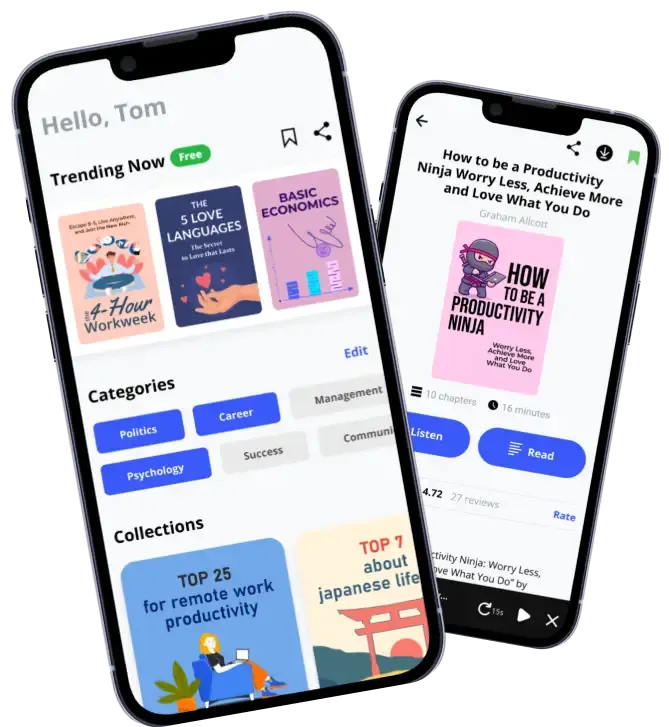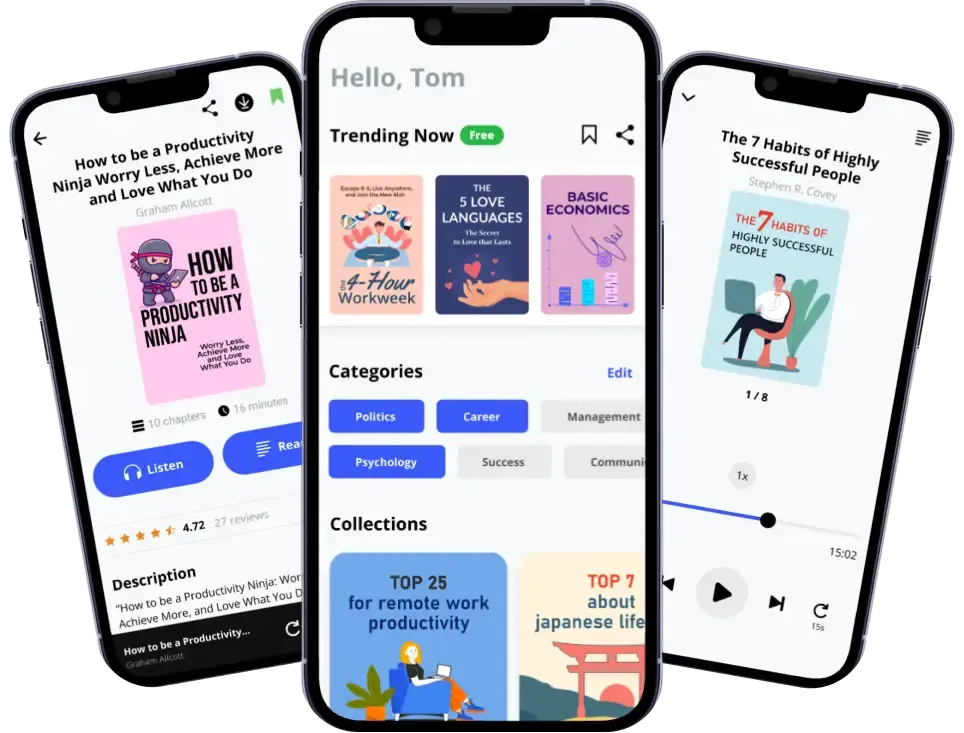There are many pieces of advice on what to do when someone has an anxiety attack, and your support can be a key factor in the recovery process. In this article, we will offer 8 tips on how to help someone having a panic attack. They include simple and effective techniques that you can use to support and reassure someone in a critical moment.
1. Stay calm
If you notice that the person next to you is on the verge of a panic attack, the first thing you need to do is to control yourself. If you too feel anxious and stressed, it can make it much harder for the other person to handle their panic attack. Use a soft, soothing voice and regularly remind the person that they are safe.
Phrases such as, “It's going to be okay, you're not alone,” or “I can see how hard this is for you, let’s manage it together” can help someone with a panic attack to relax and calm them down. At the same time, it is important not to express anxious and negative thoughts out loud, as they can only worsen the situation. If you struggle to find the right words, try putting yourself in the shoes of the person having a panic attack and think about what you would like to hear to feel better.
2. Breathe deeply
In moments of anxiety, it's extremely important to pay attention to your breathing, and there are special breathing techniques that can help you calm down. One method involves breathing slowly and deeply, counting to four as inhales and exhales. Repeat this process several times until the breathing becomes steady and calm. This will help reduce adrenaline levels and calm the nervous system.
Deep breathing reduces heart rate and relaxes muscles, which is crucial for dealing with anxiety attacks. Teach a person prone to panic attacks to use this technique any time they feel anxiety approaching. You can use this approach during any stressful situations, such as when you have lost a valuable item or are afraid to speak in front of a large audience.

3. Offer a Daily Mood Log
Imagine that your friend has an emergency and has been feeling anxious for a long time. To help them cope with this, you need to explain that our thoughts have a direct impact on our feelings. The Daily Mood Log technique can help you with anxiety attacks.
Take a paper and a pen, or you can do it verbally if you prefer, and first of all, describe the situation in detail. After that, highlight the emotions and negative thoughts that you are experiencing. You can also write down the negative thoughts on paper and then write opposite positive thoughts that show the other side of the situation. For instance, opposite the thought, “During my first speech in front of a large audience, everyone will laugh at my mistakes,” you can write, “During my first speech, everyone will admire my courage and sincerity.”
4. Use the Compassion-Based Technique
Think about what you say to yourself when you're in a stressful situation, say your boss is unhappy with your latest project. Most likely, you say negative comments like, “I could have done a lot more and better,” or “I'm going to get fired next month.” Now imagine the same situation happening to someone close to you, what would you do in this case? Undoubtedly, you will reassure this person, saying that it's just a project and the boss has no intention of kicking them out over such a trivial matter.
Most of us live in a world of double standards, so to help someone cope with panic, ask them to simulate the situation as if they were in your shoes and you were in theirs. This is one of the most effective ways to help someone with anxiety attacks—by seeing the other side of the coin and giving the situation some objectivity.
5. Turn to Cognitive Exposure techniques
We often panic because of what can happen in the future, which we usually do not know for sure. That is, the main enemy is not outside but in our minds, and to overcome it, you can use Cognitive Exposure techniques. One of the most effective of them is visualizing the worst-case scenario. This technique is recommended by many therapists when they teach someone how to deal with anxiety attacks.
When your friend is experiencing extreme anxiety and needs help, suggest a simple exercise: imagine the worst thing that could happen. Let's say a client doesn't like your work, refuses to work with you, and writes a very angry comment about your company. By speaking your worst fear out loud, a person simplifies the situation for themselves, realizing that it is not hopeless or even ironic in most cases.
6. Maintain physical contact
If the person experiencing the panic attack is not against it, try to make physical contact. This can be touching a hand or putting your arm around their shoulder. Physical contact is a natural help for panic attacks that can create a sense of support and help the person feel less alone. It's important to ask permission first so you don't cause more anxiety.
A light and gentle touch can have a calming effect. It can help reduce stress levels and promote calmness. If the person agrees, hold their hand or hug them if appropriate. Remember that physical contact should be gentle and not intrusive.

7. Listen to the person
What do you feel in times of stress and anxiety? Most likely, you need to share your feelings with someone and get support. It is very important to be able to listen to a person who is experiencing a panic attack. Allow them to express their feelings and emotions. Don't interrupt or judge what they say. Your task is simply to listen and show that you understand their condition.
Use active listening: nodding, repeating what you heard, and asking clarifying questions. This will help the person feel that they are not alone in their feelings, calming anxiety attacks. Sympathy and support can go a long way toward alleviating the condition. Remember that your understanding and support are very important at this point.
8. Remind them that they are safe
We often don't know what to say to a person having a panic attack. During a panic attack, a person may feel like they are in danger right here and now. Remind them that they are safe and that there is someone nearby who can help. Use simple and clear phrases, such as: “You are safe, I am here with you.” Reassure them that the panic attack will soon pass and everything will be fine.
Your words should be calm and confident, like answering the question of how to stop a panic attack. This will help the person feel safe and reduce anxiety. Repeat these words several times to reinforce the feeling of safety. Remember that your confidence can be transmitted to the person and help them calm down.
Support from loved ones during panic attacks is extremely important, as it can alleviate the person's condition and contribute to their faster recovery. Remember that your calm presence and understanding are essential.
Learning and applying these tips for panic attacks will help you effectively support those experiencing panic attacks, making their journey to recovery less difficult and more comfortable.
Credentials:










